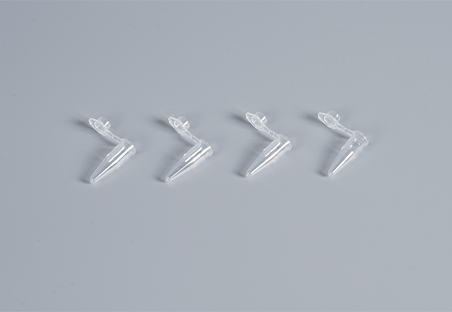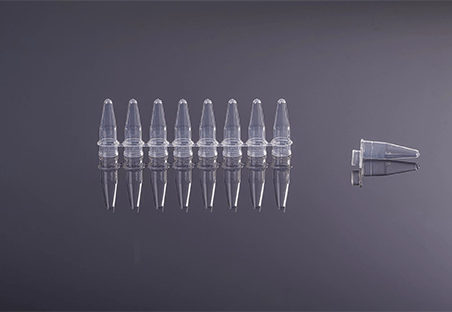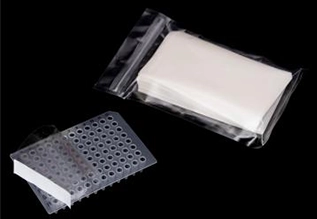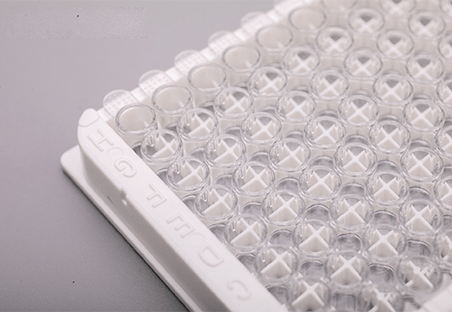In the fast-paced world of life science research, efficiency and consistency are paramount. 96-well plates have become indispensable tools, allowing scientists to perform numerous assays and experiments in parallel. These miniature plates, containing 96 individual wells, enable researchers to quickly screen large numbers of samples, analyze reactions, and conduct vital experiments. However, the very features that make 96-well plates so efficient also introduce potential challenges. The large surface area of the wells can lead to evaporation of precious samples, particularly during incubations or storage. This evaporation can alter the concentration of your samples, leading to inaccurate results and wasted time. Additionally, 96-well plates are susceptible to contamination from airborne particles or even cross-contamination between wells. This contamination can disrupt sensitive reactions and invalidate entire experiments. Fortunately, a simple yet effective solution exists to combat these challenges: 96-well plate cover films. These thin, adhesive films create a secure barrier over the plate, offering a powerful defense against both evaporation and contamination. By using cover films, researchers can ensure the integrity of their samples, leading to more reliable and reproducible results in their experiments.
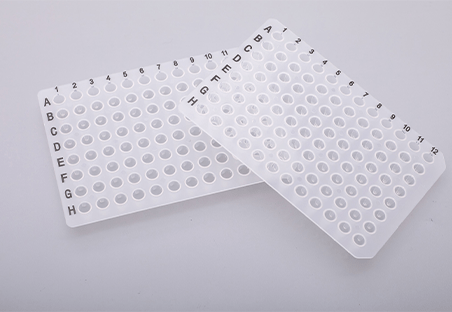
Benefits of Using 96-Well Plate Cover Films
Reduced Evaporation
During evaporation, water escapes from the sample solution in the well. This concentrates the remaining solution, altering the concentration of reagents, enzymes, and other components crucial for the experiment. Many biological reactions in 96-well plates rely on specific concentrations of enzymes and substrates. Evaporation can lead to insufficient concentrations, hindering the reaction and impacting the desired outcome. Many assays in 96-well plates involve measuring a specific signal related to the concentration of a product or the progress of a reaction. Evaporation throws off these measurements as the actual concentration in the well no longer reflects the initial values. Evaporation can occur unevenly across a 96-well plate, especially at the edges where exposure to the surrounding environment is greater. This uneven evaporation leads to variability in well concentrations, affecting the consistency and reliability of your results. Experiments relying on precise and uniform conditions across all wells suffer when evaporation occurs.
Minimized Contamination
96-well plate cover films create a physical barrier between the sample and the surrounding environment. This barrier helps prevent airborne contaminants, such as dust, microorganisms, and even DNA from other experiments, from entering the wells of the plate. Contamination can introduce foreign genetic material or other substances that can interfere with the intended reaction in your experiment. This can lead to inaccurate or misleading results. Contaminants can sometimes react with reagents in your experiment, creating unwanted background signals that can obscure the actual signal you’re trying to measure. This makes it difficult to interpret your data accurately. In multi-well plates, contamination in one well can potentially spread to neighboring wells, jeopardizing the entire experiment. Cover films help prevent this cross-contamination, especially important when working with sensitive samples or assays.
Improved Consistency
We say improved consistency is a benefit of using 96-well plate cover films because they minimize two key factors that can negatively impact the consistency of experiments using these plates: Reduced Evaporation & Minimized Contamination. With reduced evaporation and minimized contamination, all wells experience a more similar environment throughout the experiment. This translates to less variation in sample concentration, reaction rates, and ultimately, the final results obtained from the 96-well plate. This consistency allows for more reliable data analysis and more confident conclusions drawn from your experiments.
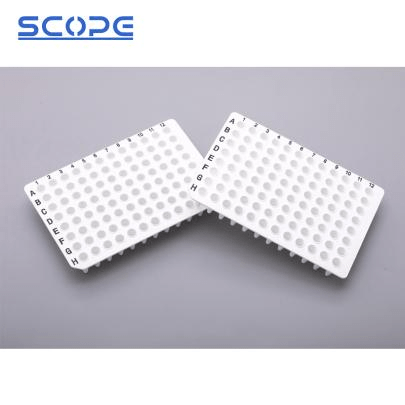
Choosing the Right 96-Well Plate Cover Film
Material
- Polypropylene (PP): A common and cost-effective choice, offering good chemical resistance and clarity. Ideal for basic applications where sterility is not crucial.
- Polyester (PET): Offers superior strength, durability, and chemical resistance compared to PP. Can withstand higher temperatures and may be a better choice for harsh chemical environments.
- Thermoplastic Elastomer (TPE): Provides a tighter, more gas-permeable seal. Useful for specific assays requiring gas exchange while minimizing evaporation.
- Ethylene Vinyl Acetate (EVA): Offers a strong seal with good clarity and flexibility. May be a good choice for applications requiring easy peelability of the film.
Sterility
- Cell Culture: Sterile cover films prevent contamination from airborne microorganisms or bacteria that could harm or alter the growth of your cell cultures.
- Molecular Biology Techniques: Techniques like PCR (Polymerase Chain Reaction) are highly sensitive to contamination. Sterile cover films minimize the risk of introducing foreign DNA or enzymes that could disrupt the reaction.
- Clinical Samples: When working with human or animal tissues or other clinical samples, maintaining sterility is paramount to prevent false positives or erroneous results.
Sealing Options
- Adhesive Seals: These are the most common type. They offer a simple and secure seal by pressing the film onto the plate. They are suitable for most workflows and applications, especially those not requiring repeated opening and closing.
- Heat Seals: These require a heat sealer to create a permanent bond between the film and the plate. They offer a tamper-evident seal ideal for long-term storage or applications requiring high security. However, they are not suitable for workflows requiring frequent access to the wells.
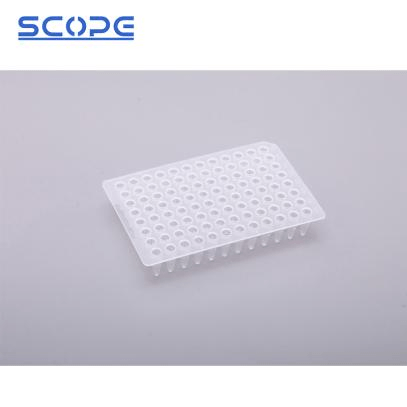
Best Practices for Using 96-Well Plate Cover Films
To maximize the effectiveness of 96-well plate cover films in maintaining sample integrity, it’s important to follow the best practices:
Ensure Proper Alignment and Sealing of the Cover Film
A well-aligned and sealed cover film creates a tight barrier between the sample and the surrounding environment. This minimizes evaporation of the liquid in the wells, which is critical for maintaining consistent sample concentration. Evaporation can alter the concentration of your samples, leading to inaccurate results and wasted time. Proper alignment ensures the film covers all the wells, preventing airborne contaminants like dust, microbes, or even splashes from neighboring wells from entering the sample. Contamination can disrupt sensitive reactions and invalidate entire experiments. For adhesive seals, proper alignment and application pressure ensure good contact between the film and the plate rim. This creates a strong, secure seal that prevents leakage or air bubbles. A compromised seal can allow for evaporation or even sample loss, jeopardizing the experiment’s integrity.
Avoid Over-Pressing Or Under-Pressing, Which Can Affect the Seal
A secure seal requires a consistent and even application of pressure across the entire surface of the cover film. This ensures good contact between the adhesive and the plate rim, creating a uniform and reliable barrier against evaporation and contamination. By following the recommended application techniques (firm, even press across the entire film), you can achieve this optimal seal without damaging the plate or film.
Store Plates With Cover Films in a Clean and Controlled Environment to Prevent Contamination
Heat, light, and humidity can degrade the adhesive properties of cover films over time. Storing them in a cool, dry place helps maintain their adhesive strength, ensuring they continue to form a secure seal with the plate. Dust, airborne particles, and even microorganisms can settle on the cover film during storage, potentially compromising the sterility of the plate contents. A clean environment minimizes this risk. Even with a cover film, improper storage can increase the risk of cross-contamination between plates. Storing plates in a controlled environment with minimal air circulation and dust particles helps prevent contaminants from transferring between plates.
Use the Appropriate Film Type for Your Specific Application
Different cover films are made from various materials with specific properties. For instance, some films are designed for high gas permeability, which is crucial for cell cultures that require oxygen exchange. Other films might prioritize strong adhesive properties for a tight seal during thermal cycling in PCR experiments. Choosing the right material ensures the film actively supports your specific assay. Certain films might have limitations regarding solvent compatibility or temperature tolerance. Choosing a film compatible with the samples and assay conditions prevents potential film degradation or chemical reactions that could affect your experiment. Using the appropriate film type goes beyond basic evaporation and contamination control. It ensures the film actively supports your specific assay’s needs, maximizes its effectiveness, and avoids compatibility issues that could compromise your results.
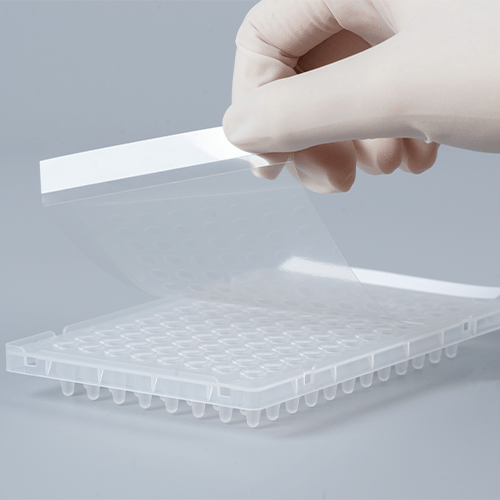
Conclusion
96 well plates are workhorses in life science research, but evaporation and contamination can threaten the integrity of your precious samples. Here’s where 96-well plate cover films step in as unsung heroes. These thin films act as a powerful shield, minimizing evaporation and preventing airborne contaminants from entering the wells. This translates to consistent sample concentrations and a reduced risk of unreliable data. The benefits of cover films extend far and wide, from PCR and ELISA assays to cell cultures and sample storage. By minimizing these common threats, cover films ensure the accuracy and consistency of your results across a broad range of applications. Don’t let evaporation and contamination compromise your valuable research. Consider incorporating 96-well plate cover films into your workflow. This simple step can significantly enhance the reliability of your data and take your research to the next level. Scoplab is a reliable laboratory consumables supplier, we provide the products and additional guides such as The Essential Guide to 96-Well PCR Plates: Cleaning, Storage, and Troubleshooting. If you need Centrifuge Tubes & Sample Preservation Consumables or other Scope instruments, please contact us.
